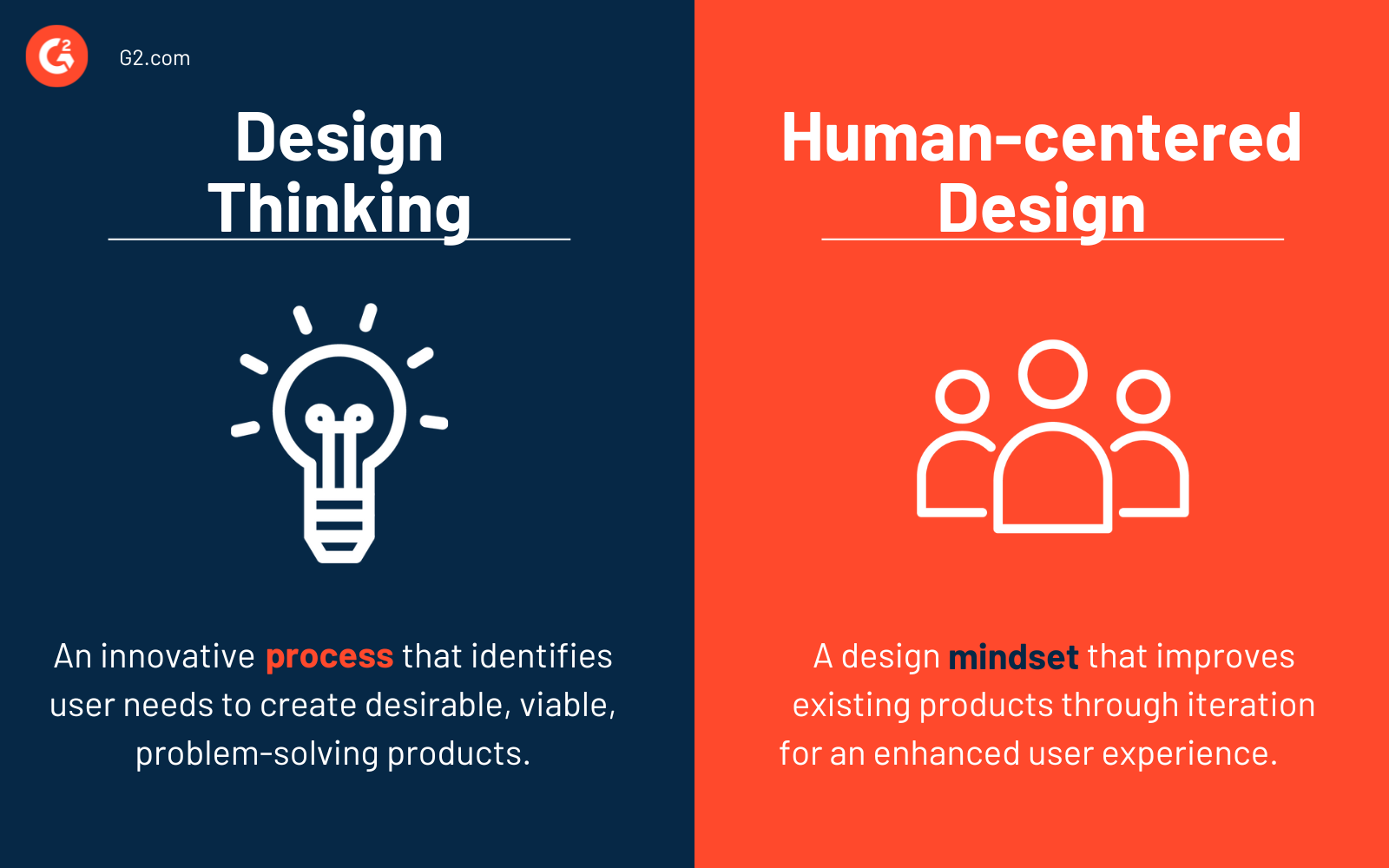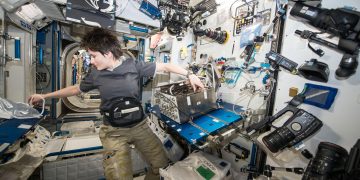Innovation is often hailed as the lifeblood of progress. Across industries, from technology and healthcare to finance and education, the pressure to innovate has never been more intense. The pace of change feels relentless—new gadgets emerge daily, startups disrupt established markets overnight, and breakthroughs in science continuously reshape our understanding of the world. But this relentless velocity begs a critical question:
Should we be innovating faster — or smarter?
This question is not merely academic. It touches on fundamental issues about quality, sustainability, human creativity, and the impact of innovation on society. Accelerating innovation indiscriminately may yield rapid results but risks inefficiency, burnout, and unintended consequences. Conversely, innovating smarter prioritizes thoughtful, purposeful advances but might sacrifice speed and competitive edge.
In this article, we’ll explore the tension between speed and wisdom in innovation. We’ll delve into historical lessons, modern business practices, psychology, technology trends, and societal implications. Ultimately, you’ll gain a nuanced understanding of what it means to innovate well in today’s complex world.
1. The Innovation Imperative: Why Speed Feels Essential
Innovation today often equates with speed. The market rewards first movers, investors chase the next big thing, and consumers crave constant novelty. This environment creates a “faster is better” mindset, driven by several factors:
1.1 Competitive Pressures
In sectors like tech, fintech, and biotech, companies race to introduce new features, products, or drugs before rivals. Being first often confers a significant advantage—capturing market share, brand recognition, and revenue.
1.2 Shortening Product Cycles
Technological advances have compressed development cycles. Agile methodologies, cloud computing, and global collaboration enable faster prototyping and deployment than ever before. This fuels the desire to iterate quickly.
1.3 The Investor Mindset
Venture capital and private equity investors often expect rapid growth and returns. This financial pressure pushes startups and established firms alike to speed innovation efforts, sometimes at the expense of thoroughness.
1.4 Consumer Expectations
Modern consumers demand frequent upgrades, new features, and seamless experiences. This feedback loop encourages companies to innovate rapidly to stay relevant.

2. The Risks of Innovating Too Fast
Despite these drivers, racing headlong can backfire. Rapid innovation can lead to:
2.1 Quality Sacrifices
Speed often means cutting corners in testing, design, and user experience. Products rushed to market may suffer from bugs, safety issues, or poor usability, damaging brand reputation.
2.2 Burnout and Talent Drain
Innovation requires creativity and cognitive resources. Overloading teams with relentless deadlines and pressure can exhaust talent, leading to burnout, high turnover, and loss of institutional knowledge.
2.3 Overlooking Long-Term Implications
Quick wins may ignore systemic risks, ethical concerns, or sustainability. Technologies rolled out without proper foresight—such as AI biases or environmental impacts—can cause societal harm.
2.4 Wasted Resources
Failing fast is often touted as a virtue, but too many failures or pivots without strategic insight can drain capital, time, and morale.
3. Innovating Smarter: Principles and Practices
Smarter innovation is about working with speed but not at speed’s mercy. It entails deliberate, disciplined, and data-informed approaches that maximize value and minimize risk.
3.1 Human-Centered Design
Putting users at the center ensures innovations solve real problems and delight customers. Techniques like design thinking, ethnographic research, and user testing help refine ideas before large-scale investment.
3.2 Systems Thinking
Smarter innovators consider entire ecosystems, anticipating downstream effects and interdependencies. This holistic approach improves resilience and sustainability.
3.3 Lean Innovation
Inspired by lean manufacturing, this approach focuses on rapid prototyping and validated learning. However, unlike reckless speed, lean innovation insists on rigorous experimentation cycles and clear metrics.
3.4 Cross-Disciplinary Collaboration
Innovation thrives at intersections. Bringing diverse expertise together fosters richer ideas and reduces blind spots. Teams that integrate technical, ethical, and business perspectives innovate smarter.
3.5 Ethical and Sustainable Innovation
Innovating smarter means embedding ethics and sustainability from day one. This reduces risks of backlash, regulatory hurdles, and environmental damage.
4. Case Studies: Speed vs. Smarts in Innovation
4.1 Fast Innovation: The Theranos Saga
Theranos promised a revolutionary blood-testing device. In the rush to market and raise capital, the company bypassed critical validation steps. The result? A spectacular collapse, regulatory action, and damaged trust in biotech startups.
Lesson: Innovation speed without robust evidence and ethics can lead to catastrophic failure.
4.2 Smart Innovation: Tesla’s Iterative Roadmap
Tesla innovated rapidly but strategically, focusing on improving battery technology, software updates, and manufacturing processes incrementally. Their continuous software updates post-sale illustrate smart innovation—combining speed with quality and long-term vision.
Lesson: Combining iterative improvements with strategic planning enables sustained innovation leadership.
4.3 Balanced Innovation: Amazon’s Approach
Amazon innovates at blistering speed but invests heavily in data analytics, customer feedback, and process optimization. Their willingness to experiment (e.g., AWS, Kindle) is matched by careful monitoring and scaling successes.
Lesson: Effective innovation balances speed with rigorous validation and customer focus.
5. Technology Trends: Impact on Innovation Velocity and Quality
Emerging technologies shape how we innovate both faster and smarter.
5.1 Artificial Intelligence and Machine Learning
AI accelerates data analysis, prototyping, and decision-making. It enables smarter innovation by predicting outcomes and automating routine tasks. However, unchecked AI can embed biases or create opaque systems.
5.2 Digital Twins and Simulation
Virtual replicas of physical products or processes allow extensive testing before physical launch. This reduces risks and speeds iterations while maintaining quality.
5.3 Cloud Computing and Collaboration Tools
These technologies break down geographical and organizational barriers, accelerating innovation cycles and improving communication.

6. Psychological and Organizational Factors
Innovation speed and quality are deeply influenced by human behavior and company culture.
6.1 Psychological Safety
Teams innovate smarter when members feel safe to share ideas, take risks, and admit mistakes without fear of punishment.
6.2 Growth Mindset
Organizations embracing learning over perfection foster smarter innovation. Failures become feedback, not catastrophes.
6.3 Leadership and Vision
Strong, clear leadership aligns innovation efforts with strategic goals, balancing urgency with thoughtful execution.
7. Societal and Environmental Implications
Faster innovation can bring benefits but also societal disruption.
7.1 Job Displacement
Automation and AI speed innovation but threaten jobs. Smarter innovation considers reskilling and equitable growth.
7.2 Privacy and Security
Rapid rollout of digital products risks data breaches and loss of trust. Smarter innovation embeds security protocols from inception.
7.3 Climate Impact
Fast innovation can lead to wasteful consumption. Smarter innovation prioritizes eco-friendly materials, circular economy principles, and renewable energy.
8. Framework for Innovating Smarter and Faster
To combine the best of both worlds, organizations can adopt this framework:
- Set Clear Objectives: Align innovation goals with business and societal values.
- Prioritize User Insights: Continuously engage customers and stakeholders.
- Implement Agile Yet Disciplined Processes: Encourage speed with rigorous validation.
- Foster Collaborative Culture: Blend diverse expertise and perspectives.
- Embed Ethics and Sustainability: Anticipate risks and long-term impacts.
- Leverage Technology Intelligently: Use AI, simulation, and cloud wisely.
- Measure and Adapt: Use metrics to inform continuous improvement.
9. Conclusion: The Future of Innovation
Innovation is not a race to be won by sheer speed, nor a slow crawl hindered by over-caution. It is a dynamic dance between velocity and wisdom, where success depends on balancing urgency with thoughtfulness.
The greatest innovations of our era will likely emerge from organizations and individuals who innovate both faster and smarter — leveraging technology, creativity, and ethical foresight. This approach not only delivers better products and services but ensures innovation contributes positively to society and the planet.
As you navigate your own innovation journey, remember: the smartest innovation is fast enough to keep pace with change, but deliberate enough to create lasting value.


















































Discussion about this post